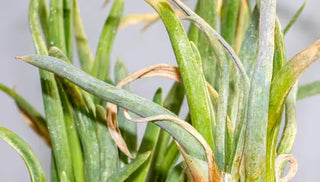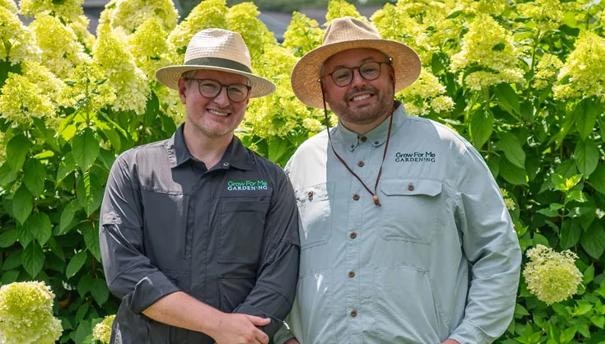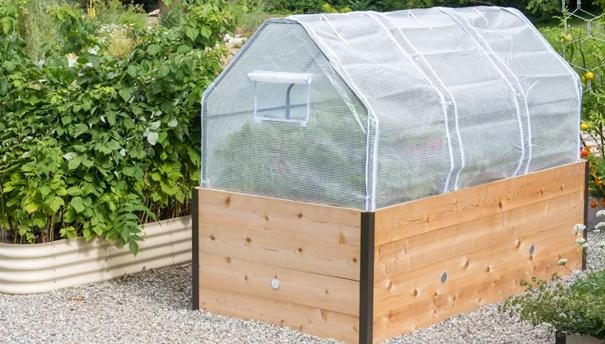Signs of a thrip infestation include black, shiny speckles (droppings), silvery stippling (masses of tiny scars on plant parts) and, in severe cases, deformed growth. Thrips attack many fruit and vegetable crops, including asparagus, cabbage, lettuce, onions, and peas. Thrips prefer to feed on new, rapidly growing plant tissues. Feeding usually causes only moderate damage, but in large numbers, thrips can be very destructive. Their extraction of plant juices can prevent leaves and buds from opening.
Thrips are fast-moving insects that measure no more than about 1/25″; they are not visible to the naked eye. Certain species also spread tomato viruses. Thrips reproduce rapidly, so there are many generations each growing season. They are found throughout North America.
Prevention and Control of Thrips
- Natural predators usually keep thrip populations under control. Encourage these natural enemies in your garden.
- Protect susceptible plants by covering them with garden fabric.
- To determine if thrips are present, hang yellow sticky traps. Or, shake foliage and flowers over a white piece of paper. A dustlike coating on the paper indicates the presence of thrips.




